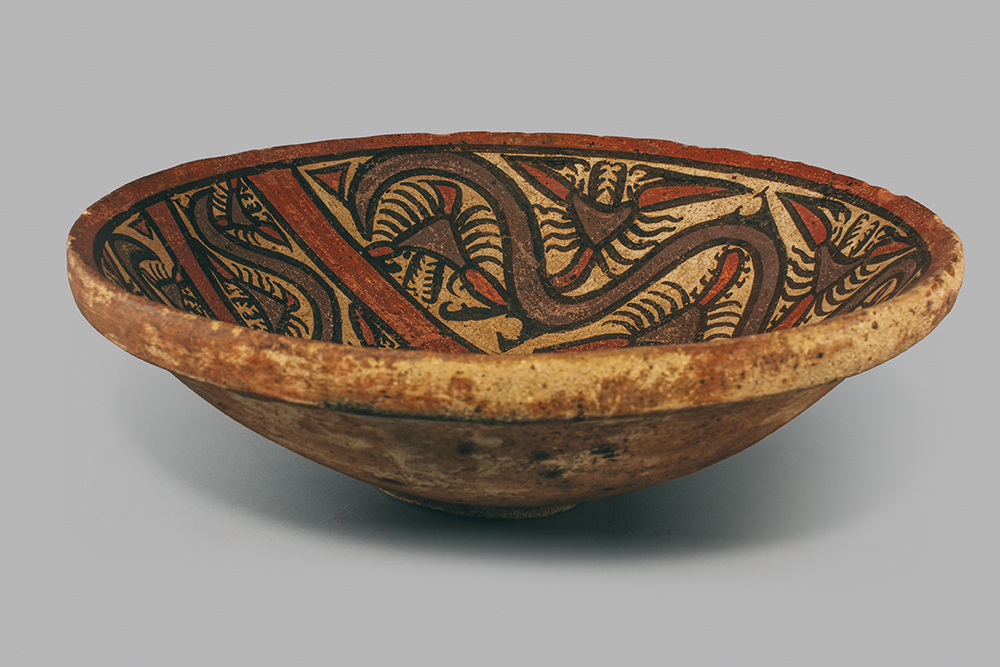Culture Spotlight: Mingei International Museum

Culture Spotlight: Mingei International Museum
Posted on October 10, 2017
There are many terms for art created outside the academy, including folk art, indigenous art, and craft art. The Japanese have a term for it: mingei, or “art of the people.” In 1978, San Diego State University professor of art, Martha Longenecker, grabbed the term when she founded the Mingei International Museum following her studies among Japanese ceramic artists. It’s become an apt title for an organization that focuses on the world’s cultural arts and crafts.

Originally at University Towne Center, Mingei International Museum now located in Balboa Park, and features one of the country’s most impressive collections of ancient ceramics, textiles, and a variety of handmade items like jewelry, quilts, and children’s toys. Each year, thousands of visitors can take part in a number of special activities offered by the museum, including gallery tours, studio classes, student craft exhibits, and the very popular Family Sunday program. Every third Sunday, the museum hosts an event designed specifically for families, with a discounted $5 admission.
Currently, the museum is participating in a unique multi-museum program organized in partnership with The Getty called Pacific Standard Time LA/LA. About 80 different museums will each tell a piece of the history of Latino art through their own unique collections.

“This is an exhibition that allows us to showcase our permanent collection of Pre-Columbian and Mezo-American art forms,” says Mingei’s Chief Curator and Director of Exhibitions Christine Hietbrink. “This includes ancient art from Peru, Ecuador, Panama, Columbia, Costa Rica, Mexico, Guatamala, and Belize.”
Hietbrink says the exhibit, Art of the Americas, will highlight ceramic pieces from bowls to plates to figurines and clay-based, low-fired pieces, as well as woven textiles. Many pieces haven’t been seen in at least 15 years, which provided an opportunity for the museum to bring in local experts to study them. “We reached out to archeologists at San Diego State and had great sessions with them,” explains Hietbrink. “They came in and looked at the objects we selected and they told us everything they could about their time periods and functions.”
According to Hietbrink, guests will be amazed at the technical expertise that went into creating these ancient items. “The skills of these artists are impressive. They made thin-walled, hollow ceramic vessels, made the body first then the spout, then attached it all, and added all the elements to make sure it survived the firing process. Some pieces are slip painted and burnished, colored with bright red and purple dyes. They look very contemporary but they’re 3,000 years old.”
Art of the Americas will be on view until 2018. Other current exhibits include Trappings, Homage to the Horse and Other Steeds, and Indonesians Shadow Puppets. Kantha: Recycled and Embroidered Textiles of Bengal will open this month. 619.239.0003, mingei.org Ryan Thomas

Dish: 700- 900 A.D., Panama, Slip painted Terracotta, Collection of Mingei International Museum; purchase made possible by a generous gift from Akaloa Resource Foundation.
Polychrome Chip and Dip Vessel: 700 – 1100 A.D., Panama, Slip painted Terracotta, Collection of Mingei International Museum; purchase made possible by a generous gift from Akaloa Resource Foundation.
Stirrup-spout Fanged Deity Effigy Container: c. 550- 750 A.D., North Coast Peru, Slip painted Terracotta, Collection of Mengei International Museum; purchase made possible by a generous gift from Akaloa Resource Foundation.







Comments